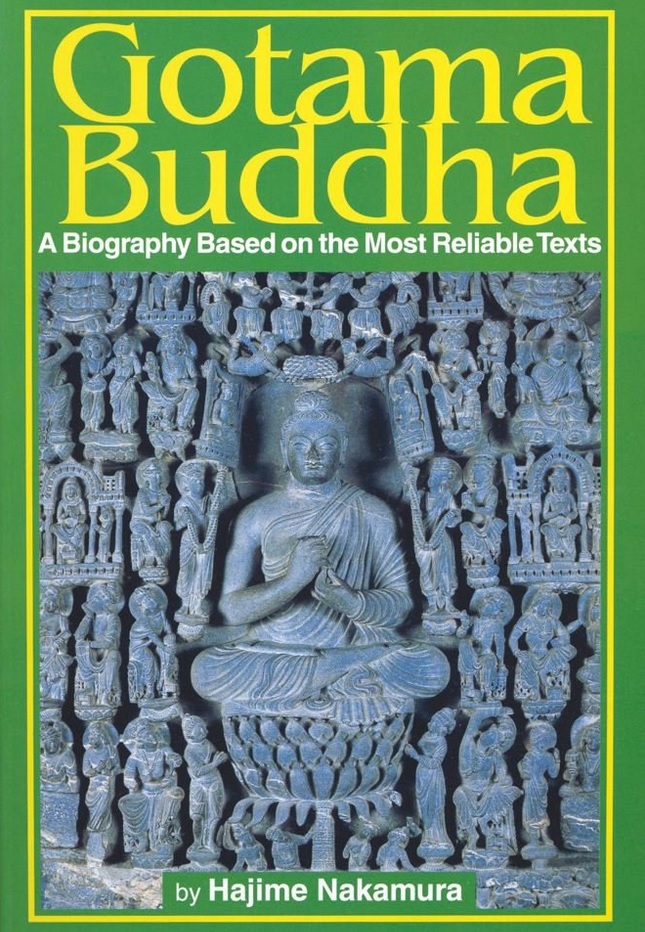
CONTENTS OF VOL. I
Introduction
Abbreviations
Notes
- Chapter 1 – Birth
- Chapter 2 – Youth
- Chapter 3 – Seeking the way
- Chapter 4 – Realizing the Truth
- Chapter 5 – Teaching the Truth
- Chapter 6 – The Conversion of influential Followers and Events in the later years
PREFACE
My central concern in this volume is to elucidate how Gotama Buddha, or Sakyamuni Buddha, the historical figure revered as the teacher of humankind, lived his life and taught his doctrine.
Some people may object to calling Gotama the teacher of humankind, taking the view that though he might be the teacher and guide of Buddhists, he is no such thing for other people. We must remember, though, that throughout the world a wide divergence has developed between the religion a person nominally follows and that person’s own beliefs or woldview. In Japan, it is quite common to follow the rituals of the Buddhist sect to which one’s family belongs even though one’s own philosophy is quite different. Similarly, there is a widespread tendency in the United States for people to go to church only in order to avoid the social stigma attaced to refusal to attend religious services, and some people expressly state that they do so. People seeking a religious path and endeavoring to formulate a philosophy of human life are looking beyond religious affiliation to philosophers and thinkers, both past and present, either to accept their teachings or to dispute them. As this tendency increases, it is not surprising that people who are not Buddhists wish to learn of the teachings of Sakyamuni. This was confirmed for me by the fact that the observances held by the Indian goverment in 1956 to mark the 2500-year anniversary of Sakyamuni Buddha’s death were organized by Hindus and Muslims and attended by many non-Buddhists. For us to respond adequately to such spiritual aspirations, we must ascertain in a scholarly way what the historical Gotama Buddha actually did and what he taught, so that we may understand the spirit that pervades his deeds and doctrines.

![[PDF] Old Path White Clouds by Thich Nhat Hanh – three books](https://en.namo84000.org/wp-content/uploads/2023/12/Old-Path-White-Clouds-by-Thich-Nhat-Hanh-2-scaled.jpg)